If there is one thing that I have learned from Blue Reflection, it’s that life as a Japanese high school girl is tough — especially if you moonlight as a magical girl.
Blue Reflection is the final game in Gust’s “Beautiful Girls Festival” and marks Mei Kishida’s return to character design, having worked on the Arland Atelier game series in the past. With him in tow, you can expect visuals that perfectly encompass the various themes this title aims to portray.
These visuals, unfortunately, don’t make up for two of the biggest issues that this game has. First off, many of the scenes — essentially any that aren’t part of the main story — aren’t voiced. That’s not wholly a minus, of course, but it would certainty liven up the dialogue a bit. In addition, the translation is rather shoddy: not only are there a good number of typos, but some of the terms are also inconsistent throughout. For example, the term “Sephira” is spelled as such in the library, but characters say “Sephirot” instead. It’s obvious that they’re both referring to the same entity, but it’s still frustrating to not know how the term is spelled and its emblematic of other textual errors seen throughout the game.
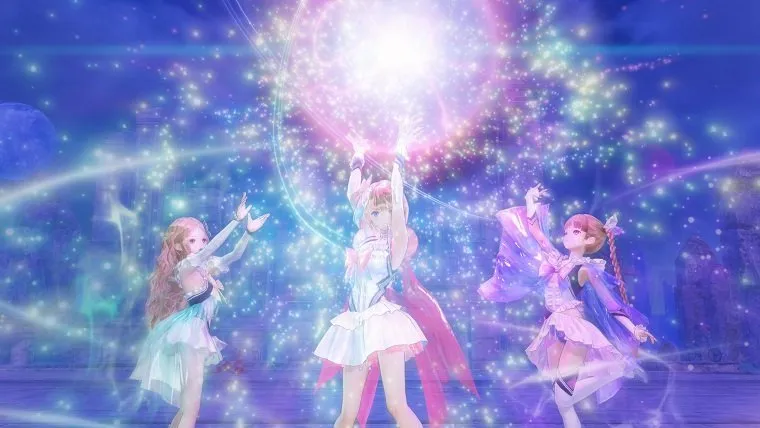
Fortunately, the story isn’t one of Blue Reflection’s weak points. This game focuses on the tale of Hinako Shirai, a ballet dancer who can no longer perform due to a leg injury. On her first day at Hoshinomiya Girls’ High School, she suddenly gets drawn into a magical world called The Common — a world of “humanity’s collective unconscious,” where she awakens as a Reflector and can move freely. Soon afterwards, she meets Yuzu and Lime Shijou, otherwise known as the Citrus Sisters, and becomes drawn into a conflict where she must demons and an even greater threat — called the Sephira — who threaten to destroy the world.
However, Hinako’s desire to fight isn’t entirely altruistic. She soon learns that those who defeat the Sephira can have their wish granted, and her wish, as one might predict, is to have her legs healed so she can dance again. This motive will be a major component of Hinako’s growth throughout the game. At first, she’s continuously bitter about her injury and is uninterested about the situations of those around her, but soon becomes more receptive towards others once she understands how important her duty as a Reflector is.
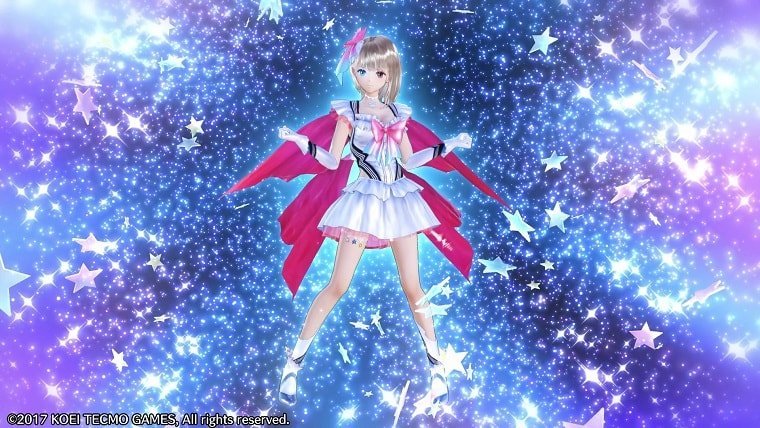
Blue Reflection can most aptly be described as a cross between “Sailor Moon” and Persona, taking the visuals from the former and the gameplay from the latter. As such, the back-and-forth between socializing with friends and operating as a Reflector will feel very familiar to those who have played Persona in the past. That said, one thing that sets the two apart are time constraints: players are free to spend as much time as they want doing whatever they please without worrying about the story progressing and leaving any other content unfinished.
However, if you go into Blue Reflection expecting character progression to be akin to what you’ve experienced in a traditional JRPG, then you’re in for a rude awakening. Your party’s strength is dependent on Hinako’s relationships with her classmates at school, so expect Hinako to spend about 65 percent of the game living as a regular schoolgirl before she can spend the remaining 35 percent as a demon-slaying magical girl.
Despite this unevenness in game flow, experiencing both of Hinako’s lives side-by-side is one of the most enjoyable aspects of Blue Reflection. It manages to take the mundane daily actions of a high schooler and gives them heightened significance by having it add to the narrative, as well as gameplay — however short or infrequent they might be.
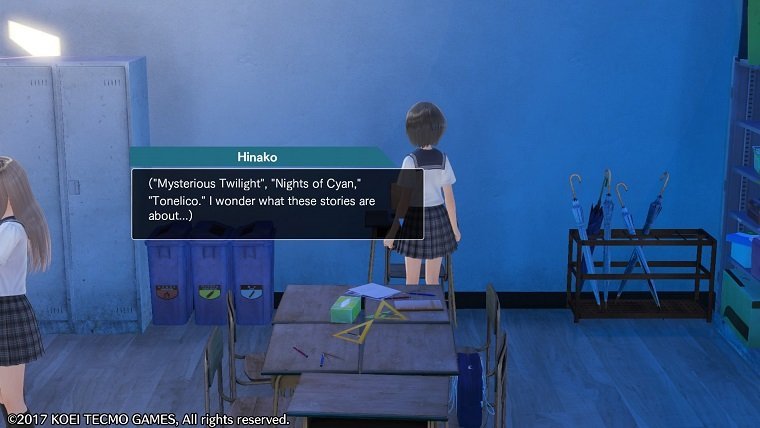
This duality will be experienced on a daily basis as players delve into Hinako’s social life, where she spends much of her time hanging around with friends, messing with her phone’s Free Space! social app and preparing for the following day at home. While seeing this helps the player learn more about Hinako and her wide variety of friends, these seemingly mundane events also have profound effects on Hinako and the Citrus Sisters once they enter The Common.
The two primary ways Hinako will interact with her friends are through Bond Episodes and Date Events, both of which allow the player to learn more about the personal life and aspirations of the friend Hinako is currently hanging out with.
During Bond Episodes, Hinako will engage in a conversation with a friend of her choosing and will be asked a question at some point, prompting her to give one of two responses. What’s important to know here, however, is that her response doesn’t actually matter. Yes, it will change the following Episode and alter what Fragments — human emotions in crystallized form — you get (more on this later), but the only real thing at stake is a small gain of affection that can still be gained by Hinako going out with her friends out on Date Events after school. Date Events occur at random spots around Hoshinomiya where the two girls will talk about various subjects dictated by their current location. There aren’t any decisions to make here, so players can just relax and enjoy the conversation before the Date Event ends and Hinako heads home.
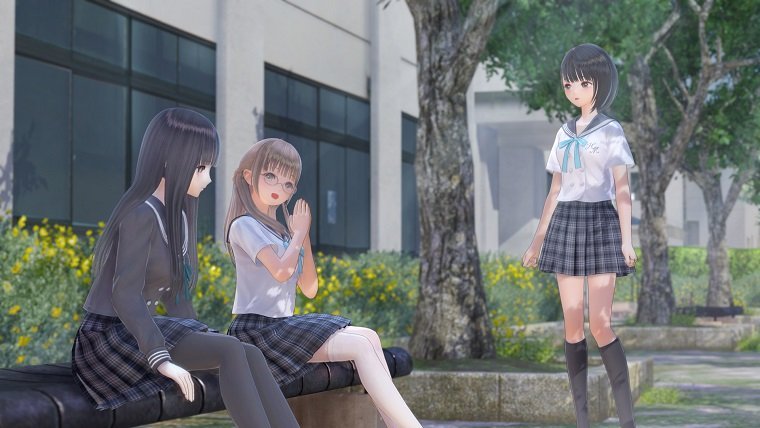
At the end of each day, Hinako can perform various actions in preparation for the next. These actions are typical ones that a student might make at the end of each day, such as studying or taking time to reflect on their current state of affairs. However, keeping true to the theme of real world actions having consequences in The Commons, various actions Hinako does will offer her permanent stat boosts. What’s more, some of these actions will lead to amusing scenes the following day which feature the girl that Hinako hung out with most recently.

Again, there are no time limits for doing these events so you’re free to do them at your leisure. It is a greatly appreciated move, especially since some of the girls are surprisingly interesting and have little quirks about them that you would never know about if there were more time constraints. That said, having unlimited time does break the immersion a bit. Lime emphasizes how important it is to quickly gain strength in order to defeat the Sephira, but you never actually feel that urgency. You can easily go three weeks without going to her and Yuzu to progress the story and there are no repercussions for doing so.
On the flip side, while spending an excessive amount of time socializing with friends might break the immersion, the time spent doing so will pay dividends once Hinako, Yuzu and Lime are ready to enter The Commons.
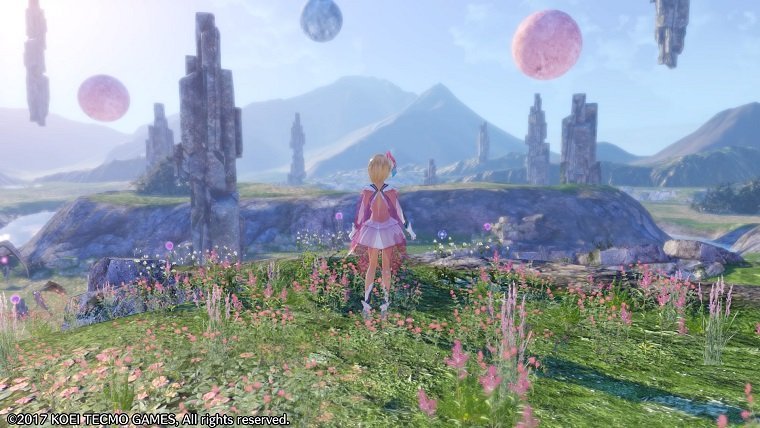
As mentioned before, Blue Reflection is an unorthodox RPG when it comes to character progression. Enemies fought in The Commons don’t give experience; instead, it is earned by progressing through the story, completing simple requests and by deepening Hinako’s bonds with other characters. Once you do enough of the three, your party will gain a level and the chance to put a point into either Attack, Defense (HP & Defense), Support (MP & Luck) and Technic (Speed).
Putting a point in each category will not only increase the relevant stats, but also grant each character a skill once a certain threshold is reached. At first glance, you might be inclined to have each character just go with their strengths (Yuzu with Defense and Technic or Lime with Attack and Support), but doing so could mean missing out on a variety of interesting skills for both. Any character can function in any role, but you’ll have to plan a character’s build out ahead of time because it’s impossible for them to learn each and every skill.
Unfortunately, the game doesn’t make planning a build as easy it could be. You aren’t told all the skills a character can learn ahead of time, so it’s possible to invest points in one or two categories to learn one skill, only to find later on that investing points in other categories would have given a similar or superior one.
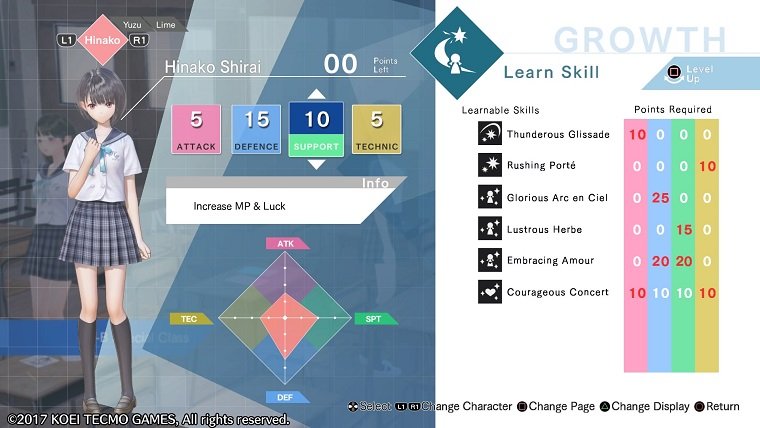
That said, you can’t go wrong so long as you don’t place your points randomly, and even if you do, the Fragments Hinako earns from Bond Episodes can be attached to various skills in order to strengthen them or enhance the parameters of the girl the skill belongs to.
Once you have your stats and skills lined up, then it’s time to explore The Commons in earnest. Unfortunately, despite it having an interesting concept, one’s experience there will be defined by extreme highs and lows. The environment, though somewhat repetitive, continues the trend of enthralling visuals established in the real world, but the battles are monotonous and mind-numbingly easy, even when playing on Hard.
That isn’t to say that Gust didn’t place any effort into making the battles have some level of the depth, because they do. Rather, the game is structured in such a way that you can circumvent most of that depth with ease.
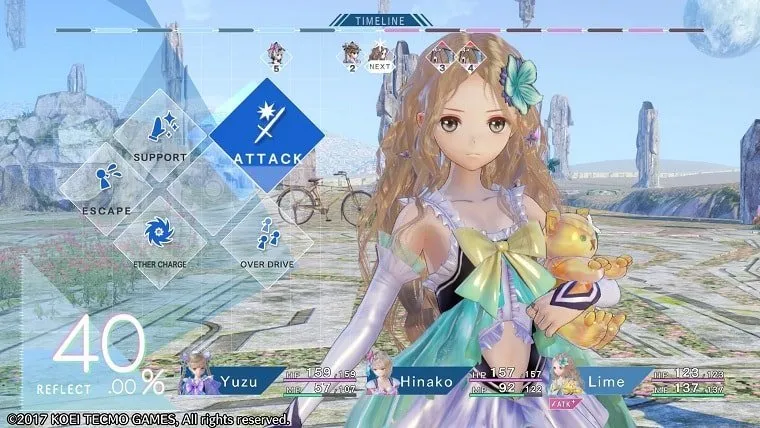
Battles are turn-based and that order is tracked on the top of the screen via a timeline. This order isn’t absolute, however, as various skills have unique properties (such as delaying an enemy’s turn) and Wait Values, which will ultimately influence how often each character may act. The unique mechanic in these battles is the Reflect gauge that’s located on the bottom left of the screen. Characters can use the Ether Charge command to sacrifice a turn in order to continuously boost this gauge, as well as their MP, until their next turn comes. While losing out on a turn might seem annoying at first, Ether can be used as a resource to fuel certain attacks, defend or recover HP/MP between turns, and even launch consecutive attacks via the Overdrive command, so effective use of it can easily turn the tide of battle.
Proper Ether manipulation would have been an excellent way to make every battle exciting, but the game provides very little reason to do so. You start each battle with enough Ether to activate Overdrive, so you can easily launch multiple AOE attacks and take out every enemy before they can act. What’s more, HP and MP is regenerated after every fight and you can use items — which can be both earned and crafted — before each fight to make up for any statistical deficiencies your party may have.
Unfortunately, battles against the Sephira — giant creatures who freeze time in the real world and attack Hoshinomiya Girls’ High School directly — are hardly any more difficult.
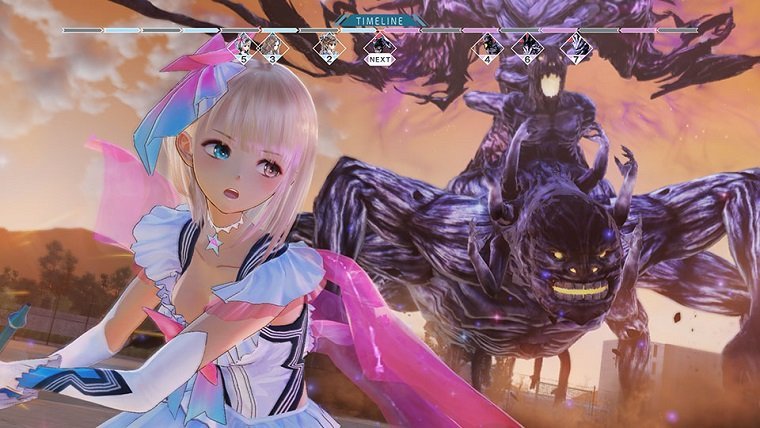
It’s clear that Gust was going for a feeling of grandeur with these battles, as each one is an involved affair that comes in two main phases. The first phase starts off like any other normal battle, though the girls are staring down a giant creature this time around. During this phase, the Sephira comes with a small amount of regenerating parts that can either be ignored if you’re confident in your party’s damage output or destroyed to weaken the boss. Regardless of which route you take, the boss will strengthen itself and bring more parts into the fray once the main body sustains enough damage. From that point on, you just need to wear the boss down until it tries to launch one last-ditch attack that gets countered by Hinako who lands the finishing blow.
Though these battles are supposed to be harder they actually feel easier at times due to the assistance the party gets from Hinako’s friends. Each of them can be called mid-battle to provide special benefits such as stat boosts or healing, and while these effects are negligible for the most part, they all provide Ether upon activation, thus allowing for more Ether-based commands than usual. When combined with their general inability to deal damage, the Sephira feel like over-hyped existences that ultimately serve as giant punching bags.
At least the choreography and music of these battles help to somewhat mitigate how boring they are.

The Verdict
Blue Reflection for all of its beautiful visuals, struggles to offer a consistently engaging gameplay experience. The social aspects of this game are a ton of fun, but the actual battles are very uneven — intriguing, yet boring; mechanically sound, but easy enough for that depth to be ignored. All Gust needed to do was tweak the parameters of each enemy a bit and I would have been singing an entirely different tune about them.
That said, this game still works as a whole and will offer a memorable experience to those willing to get past any anime prejudices they might have. If you’re a fan of Persona and “Sailor Moon,” or even just the magical girl genre in general, then Blue Reflection is the game for you.



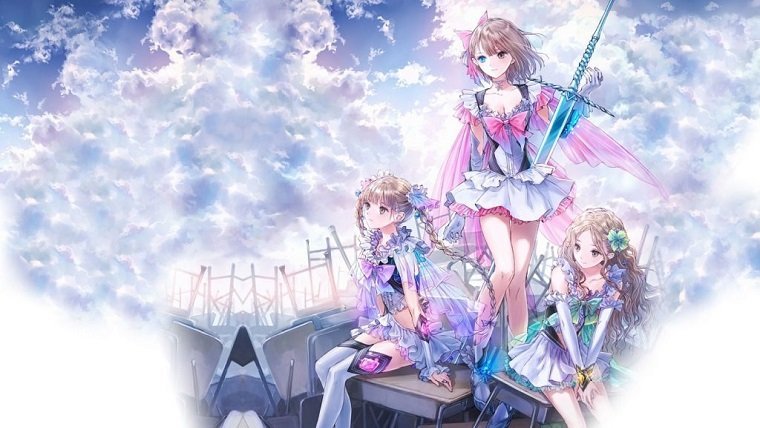
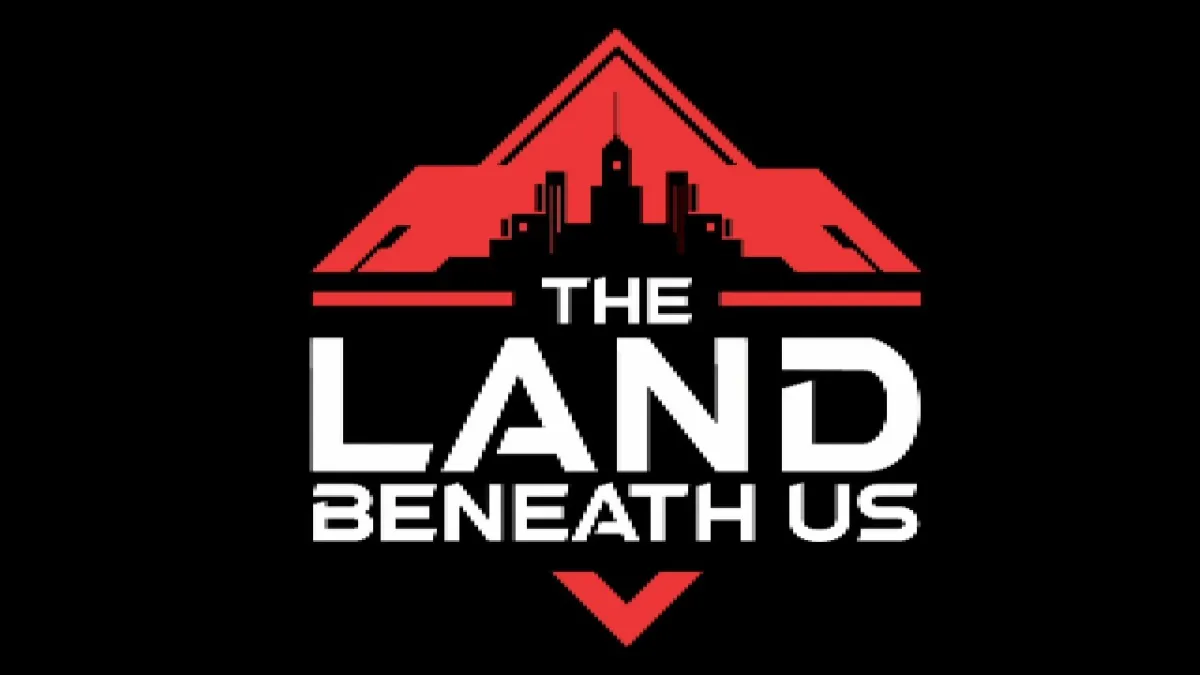
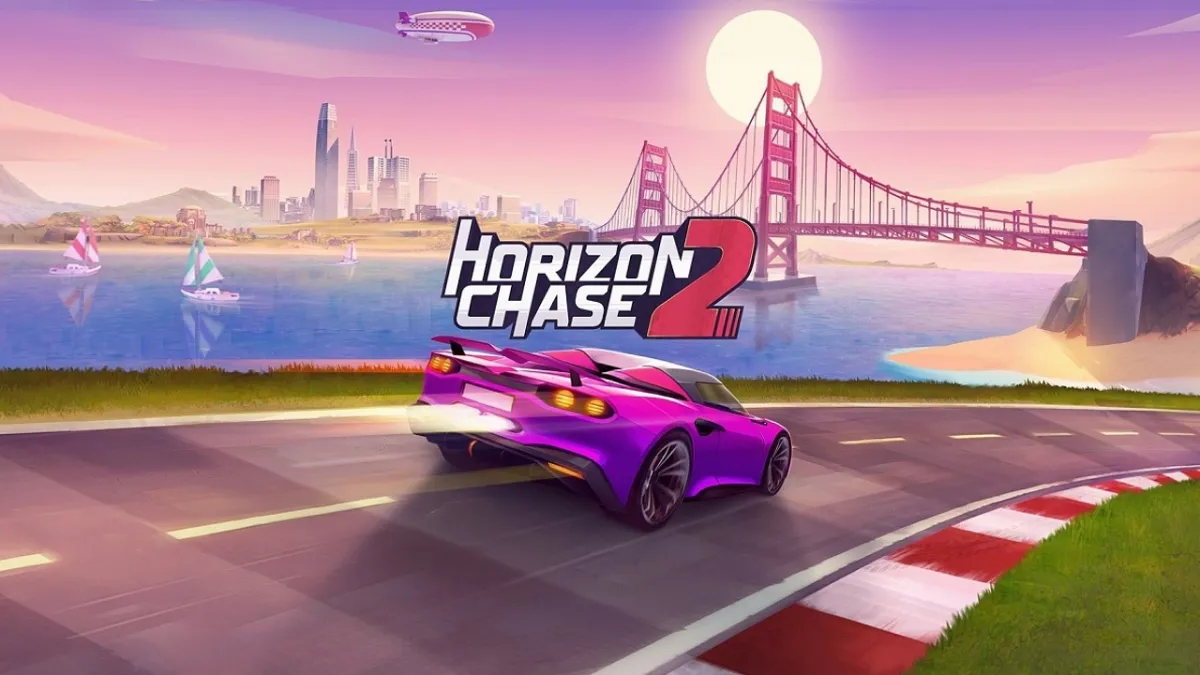

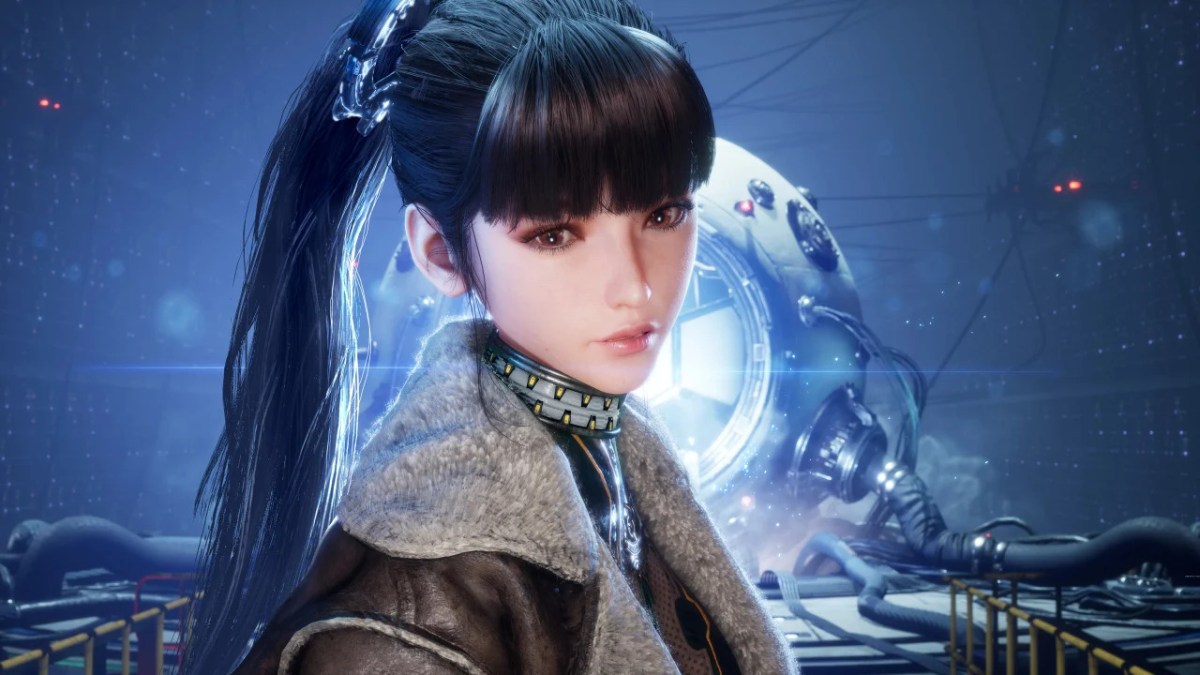

Published: Sep 26, 2017 08:00 am